Facilities
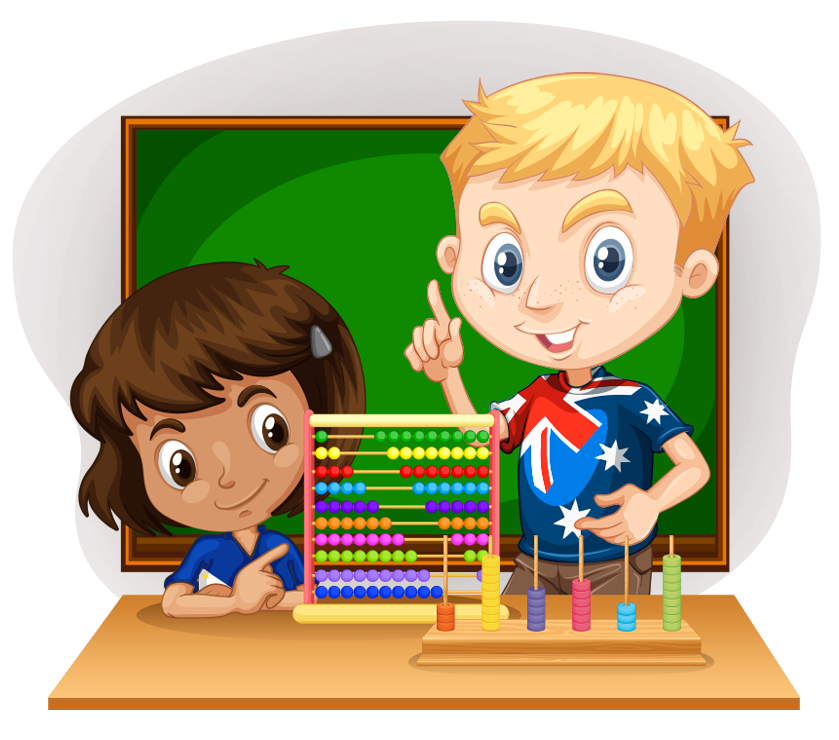

Classroom Environment
Downstairs Environment – Mixed age
The reasons for the mixed age group for ages 3 and 4 are:-
- Peer Learning: Younger children learn by observing and interacting with older peers, while older children reinforce their knowledge by teaching and guiding.
- Social Development: Encourages cooperation, empathy, and communication through diverse interactions.
- Leadership Skills: Older children develop confidence and responsibility by mentoring younger peers.
- Individualized Learning: Allows children to progress at their own pace, free from rigid age-based expectations.
- Community Building: Creates a sense of belonging and mutual respect within the group.
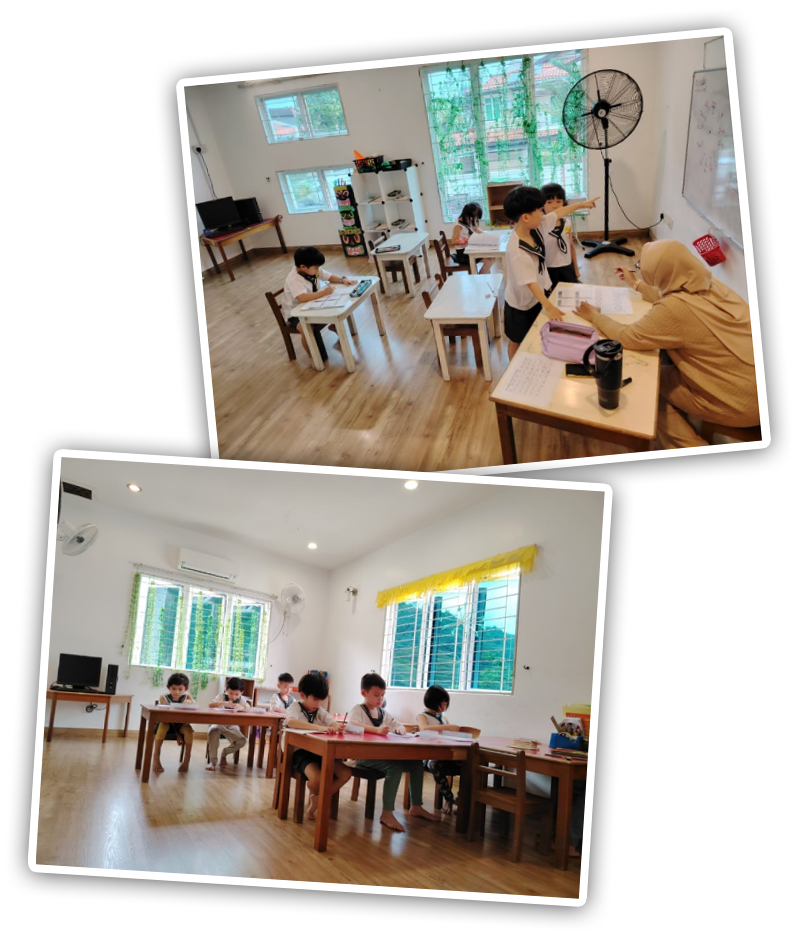
Upstairs Environment – Kindergarten Classroom
The classroom is thoughtfully designed to meet the developmental needs of children aged 5 and 6, fostering independence, organization, and a love for learning. Key features include:
- Individual Tables and Chairs: Each child is provided with a personal workspace, promoting focus and responsibility for their area. The furniture is ergonomically designed and at child-friendly heights to ensure comfort and accessibility.
- Shelves at Child-Friendly Heights:
Open and well-organized shelves allow children to independently access learning materials, encouraging autonomy and respect for shared resources. - Personal Materials: Each child is equipped with their own set of materials, such as stationery (e.g., pencils, erasers, and crayons). This ensures that children have the tools they need to engage in learning activities while fostering a sense of ownership and responsibility.
This setup supports both individual and group activities, creating a balanced environment where children can work independently or collaborate with peers. It also aligns with the principles of fostering independence, organization, and creativity in young learners.
Toilet: Separate toilets provide privacy, helping children feel more comfortable and secure when using the facilities. They are at a developmental stage (5 and 6 years old) when they begin to value personal boundaries, and independent spaces respect these needs. It also can help maintain cleanliness and reduce the risk of cross-contamination since boys and girls may have different toileting habits.
A kindergarten classroom is foundational in shaping a child’s academic journey and overall development. By blending structure with exploration, it provides a well-rounded experience that prepares children for the challenges and opportunities of primary education.
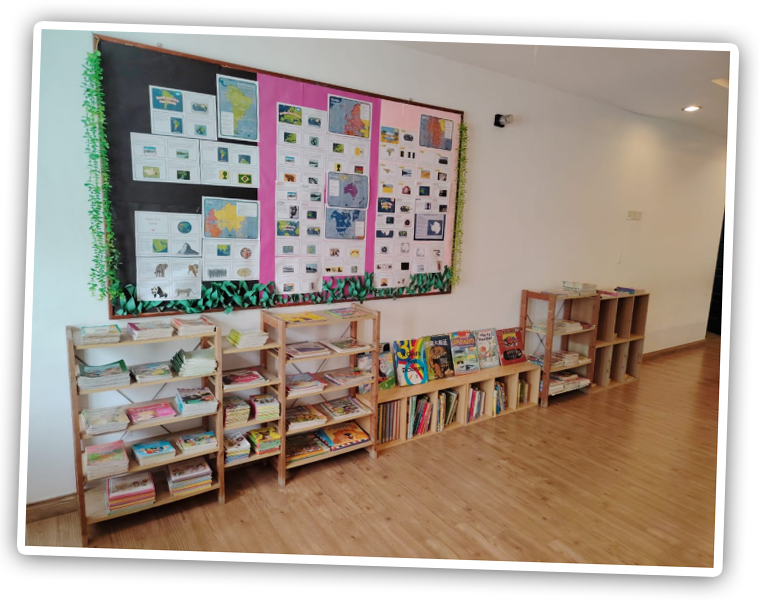
Mini Library
A mini library in a kindergarten serves as a gateway to a world of imagination and knowledge, fostering a love for reading and learning from an early age. Carefully designed to cater to young learners, this dedicated space encourages curiosity, creativity, and literacy development in an engaging and child-friendly environment.
ICT Corner
An ICT (Information and Communication Technology) corner in a kindergarten introduces children to the basics of technology in an age-appropriate and engaging way. It serves as a hands-on space where young learners can explore educational tools and resources that enhance their cognitive, creative, and problem-solving skills.
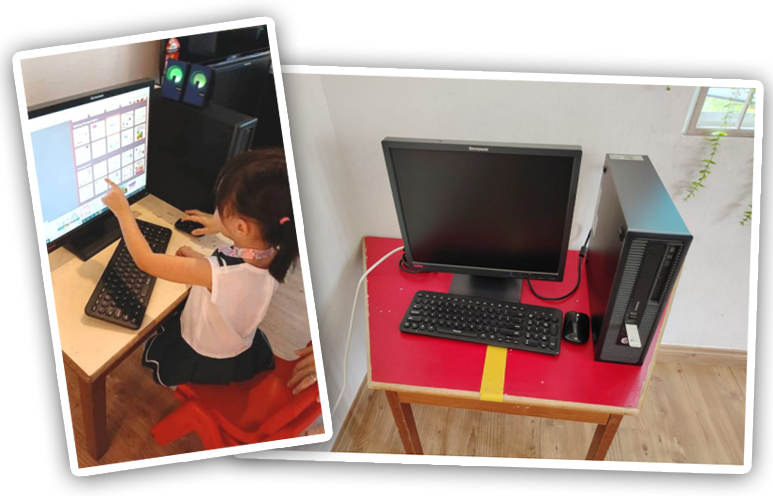
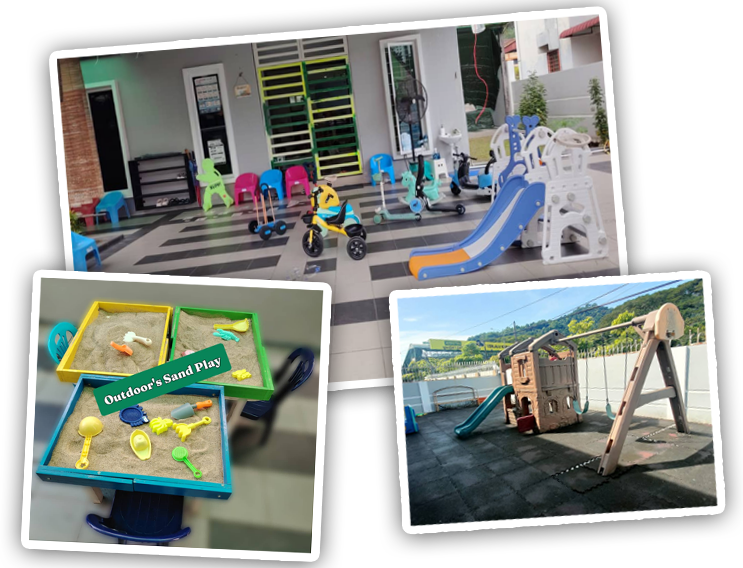
Outdoor Play Areas
Outdoor play areas in kindergarten are essential spaces that support children’s physical, social, and emotional development through active and imaginative play. These areas provide opportunities for exploration, creativity, and interaction with peers in a natural setting.
